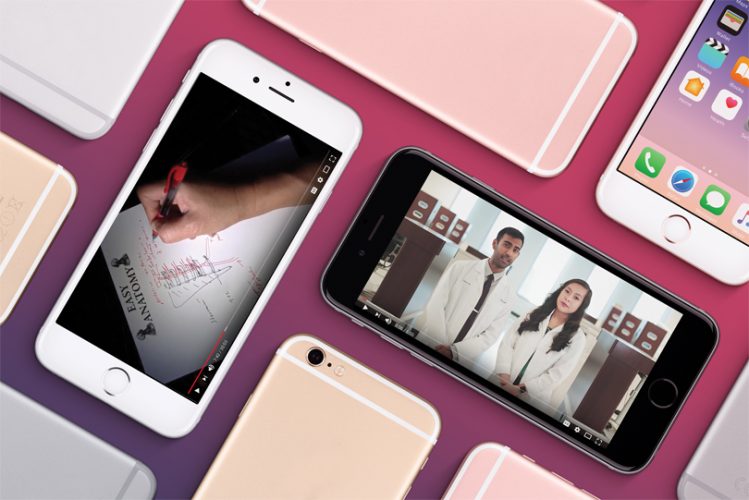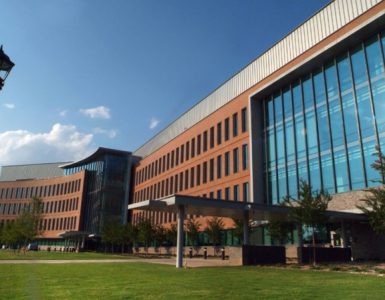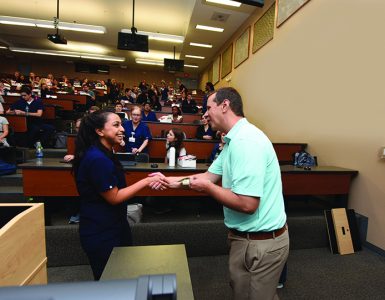EASY ANATOMY: Lights, Camera, Action!
When Dr. Mohamed Al-Shabrawey conveys complicated information to his students, he wants them to know he has all the time in the world to help them understand it.
Well, technically, they have all the time in the world. They can listen to his words of wisdom over and over again, as often as they want, and always at their convenience.
If you’re sensing Al-Shabrawey has carried his open-door policy a little too far, fear not. He doesn’t have endless office hours, nor does he invite his students to call him at any time of the night or day. But thanks to a recent innovation, the result is the same.
Al-Shabrawey, professor of oral biology and anatomy in The Dental College of Georgia and professor of cellular biology and anatomy in the Medical College of Georgia, grew increasingly concerned over the years about the volume of material his students were expected to master during the four short years required to earn their doctorates. The information, he knows, is always growing — and growing not just incrementally, but exponentially.
It was hard enough to master the intricacies of the biomedical sciences when he was earning his advanced degrees at Mansoura College of Medicine in Egypt. Since then, he realizes, things have only gotten tougher.
So he decided to supplement his classroom instruction with videos.
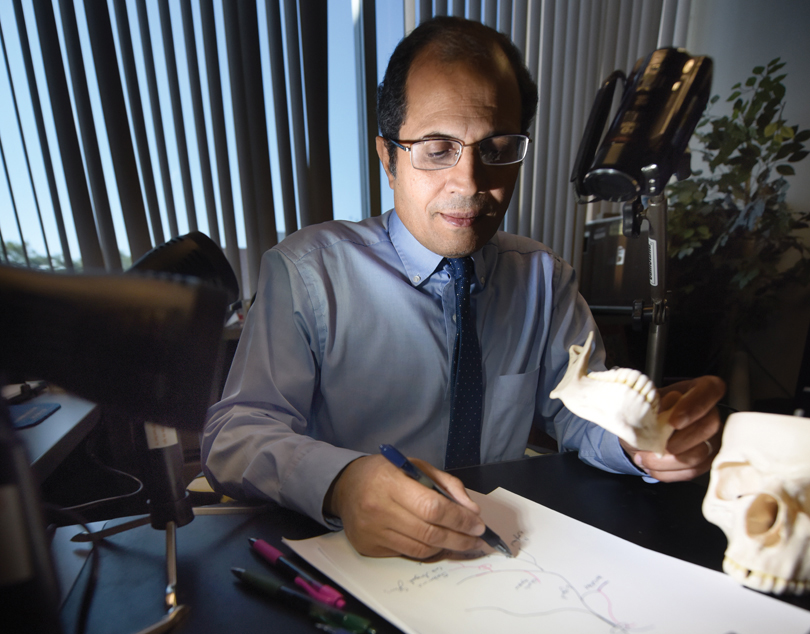
“Students’ time is tight, and they often don’t have time to ask a lot of questions,” says Al-Shabrawey. “I was inspired by a colleague who discussed with me the idea of producing videos.”
Al-Shabrawey had absolutely no experience in the arena, but he was intrigued enough by the potential of technology — and students’ widespread access to the internet — to pursue the idea.
Borrowing his colleague’s camera and some other basic resources, he began videotaping some of his more complex lectures, supplementing his tutorials with photos, drawings, charts and other graphics. The result? A video series on YouTube called “Easy Anatomy,” which first began coursing through the internet last winter. The 20 videos each last approximately 30 minutes and cover coursework including functional components of cranial nerves, the general anatomy of the spinal cord, fascial spaces and spread of dental infection, neck fascia, pharyngeal muscles and the autonomic nervous system of the head and neck.
“I did this in my free time in my home,” Al-Shabrawey explains.
The response, he says, was immediate and overwhelming. “My primary target was only our students — providing a quick overview about important topics,” Al-Shabrawey says. “ But I found that my videos attracted attention not only here, but nationally and internationally. My thought was that the scope would be limited, but I find they’re being viewed from California, South Carolina, Washington
. . . nationwide and overseas.”
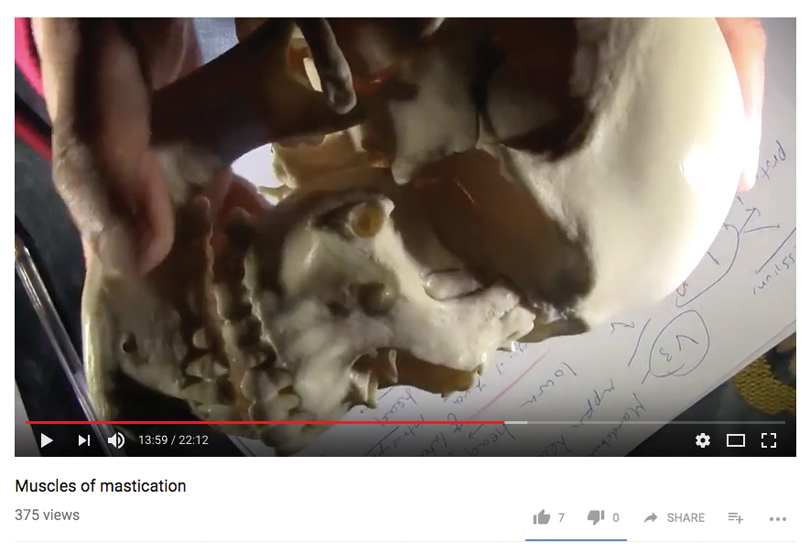
Along with the video views come more questions. “When I started getting requests from different countries asking specific questions, I started posting more videos,” Al-Shabrawey says. “Unfortunately, I can’t answer all their questions, but I do my best to address the most important things.”
The project has far exceeded his expectations not only geographically, but discipline-wise as well. “This is attracting both dental students and medical students,” he says. “The material is covered in their coursework, but the videos enable them to review it in their free time. Sometimes students ask for extra help about a specific topic and you don’t have time to go over it. I get very beautiful emails from all over the world that these videos help fill that need. They say the videos are particularly helpful when they are studying for their national board exams.”
By six months after the first video debuted, the series had more than 1,300 subscribers worldwide and had been viewed more than 60,000 times. The comments on his videos speak volumes. For instance, a viewer commented on his “Functional Components of Cranial Nerves” video, “Hands down the BEST anatomy explanations online! Thank you so much!”
Comments on his “Thalamic Nuclei and Connections” video include “Awesome video; great summary of a complex chapter of neuroanatomy” and “I was going to restudy this topic tomorrow and was worried that I still wouldn’t understand it. You just made tomorrow SO much easier for me. Thank you.”
Al-Shabrawey even takes the time to answer specific questions in the comments section.
He is considering pursuing grant funding or other assistance to build on his efforts. “Better resources would shorten the production time at least 50 percent,” he says. “I have very primitive resources, and the quality is not that fantastic. I don’t have the [production] skills; I just do the best I can with what I have. I’m talking with administrators, and we are hoping we can improve on it in the future. The videos have been very well received, but there is room to improve and build on them.”
His ultimate validation, he says, came when the DCG Class of 2020 presented him with a tablet in appreciation for his efforts. “I carry it with me and will now try to learn how to use it to record my lectures in an easier way,” Al-Shabrawey says. “I feel very humble. I hope my initiative opens doors to more beneficial ways to teach our students.”

